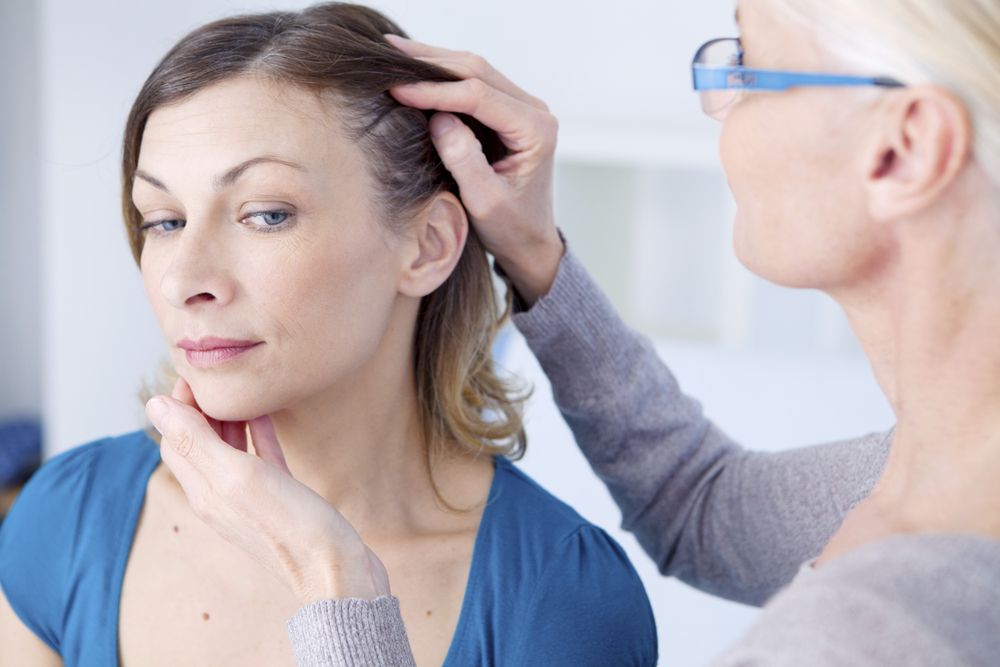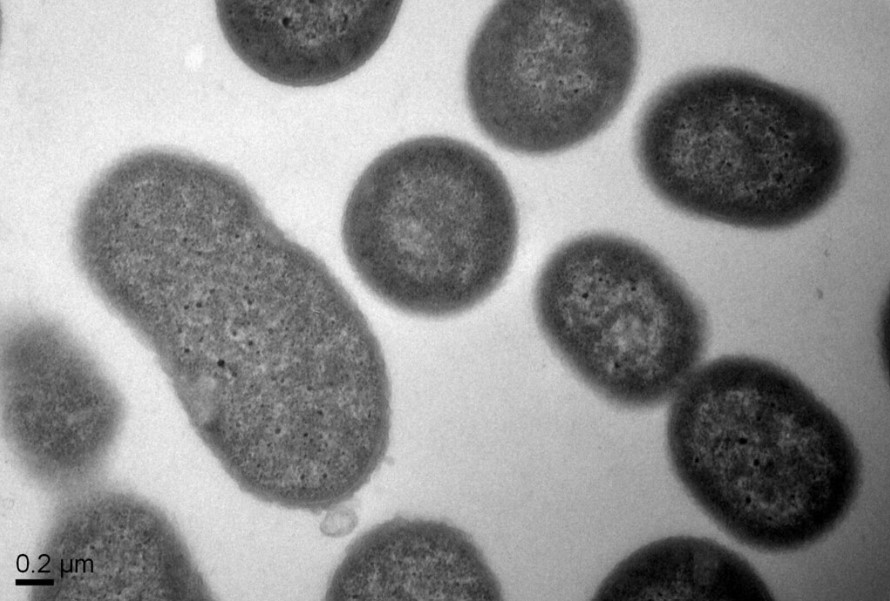How did Elon Musk grow his hair back? 6 Options
If you are currently reading this article, you’ve probably noticed that Elon’s hair has changed quite a lot and looks

What Is Female Pattern Baldness?
One of the most common types of hair loss among women is female pattern baldness. It is also referred to as female pattern alopecia or female pattern hair loss (FPHL). Millions of women across the globe are affected by this condition.
More than 40% of women who are aged 50 years and above show signs of baldness, and more than 50% do not reach the age of 80 with full hair. A medical condition called the telogen effluvium is often mistaken for FPHL as it manifests the same symptoms.
Female pattern hair loss differs to male pattern baldness. For women, the thinning of the hair occurs evenly on all areas of the scalp, while for men, balding begins on the frontal hairline which may later lead to balding of the top of the head.
A person is likely to develop this condition if one or both of his parents have it. It can occur if the other members of the family or your close relatives particularly on the side of your mother, have recently developed hair loss.
FPHL can affect women of all ages, but it often occurs after menopause, and without prompt treatment, it can progress in severity on the next years of your life.
Androgen is a male hormone that is also released in a womanís body. It affects the different characteristics of the body like enhancing the strength of the muscles and bones, development of the sexual organs and controlling the growth of hair. Androgen may act on a certain stage of hair development. An increased level of androgen in the body can lead to hair loss.
The following are the four stages in the life cycle of hair:
During this time, the length of the hair is determined. This can last up to six years.
During this stage, the hair follicles detach themselves from the dermal papilla. It lasts for about 10 days.
This is when the hair takes a rest and allows new hair to begin growing. This may take up to three months.
This is the last stage of the cycle. The old hair falls off and allows the new hair to continue its growth. There are 50 to 100 hairs that fall out from your scalp daily.
If you think you have the risk of developing female pattern alopecia, you have to look out for the different symptoms that may include the following:
1. Hair thinning that starts at the top or crown of the scalp and widens to the other areas of the scalp.
2. Unaffected front hairline
3. Progressive hair loss
When the symptoms mentioned above are experienced, you should see a doctor to ask for the appropriate treatment for your condition.
Hair loss among women is not just a cosmetic issue; it can also affect a person psychologically. Affected women have the tendency to develop a negative view on their body image and may withdraw themselves from other people. This will affect their activities on a daily basis. Hair loss can affect a personís self-esteem, and it can result to depression and introversion especially on an environment where youthful appearance and attractiveness are greatly valued.
If you are experiencing psychological distress from hair loss, you should remind yourself that this condition is not life-threatening and that it should not affect your daily life. Your family and friends will continue to like you even though you are losing your hair. You can also ask help from a psychologist for a talk therapy and prescription of antidepressant medications.
Instead of letting the condition put you down, focus on the positive aspects of your life and try reducing the emotional burdens as it may also help in reducing hair loss.
When you notice the symptoms of hair loss, you should first contact your general practitioner. The GP will assess your condition and identify the symptoms which may confirm that you are experiencing female pattern hair loss. He will be the one to refer you to a dermatologist for further treatment. Some doctors perform a scalp biopsy for the confirmation of the diagnosis.
It is important to ask for the help of a specialist because they know the right kind of treatment for you. Do not rely on the expensive products that promise to treat your hair loss; they may cause more serious problems to your scalp and may worsen the condition.
There are many ways of diagnosing female pattern alopecia. They include the following:
During your visit, the health care provider will assess the appearance as well as the pattern of your hair loss. The degree of hair loss will be determined using the Ludwig Scale or the Savin Scale. The two methods are almost identical in nature; the only difference is that the latter measures both the overall thinning and the density.

Upon interview, your doctor will ask if any of your family members or close relatives have developed hair loss recently. He will ask if you are experiencing the different signs of excessive androgen like abnormal growth of hair in the pubic area, belly button and face, sudden changes in the menstrual cycle, enlargement of the sexual organ and growth of acne.
The doctor will need to pull a small amount of hair from the scalp to check if there is an excessive hair loss. If one to three hairs come out for each pull, this is considered as normal.
Different procedures may be recommended by the health care provider to confirm the female pattern hair loss. They may include:
a. Scalp biopsy
This is a short procedure which is performed under local anesthesia. During a scalp biopsy, a small section of the scalp will be scraped and tested under the microscope to know the real cause of the hair loss. This is an expensive procedure and may cause scarring on the patientís scalp.
b. Blood tests
Complete blood count and other types of blood tests will be recommended to rule out skin diseases that may cause alopecia.
c. Hormonal tests
There are different tests that can help determine the levels of hormones in the body. The levels of DHEA, testosterone, prolactin, leutinizing hormone, follicular stimulating hormone and thyroid hormones should be determined as they may contribute to hair loss.
d. Densitometry
With this procedure, a handheld device known as densitometer will be used to magnify a hair shaft to be able to check its structure.
Some patients are only experiencing mild hair loss that intervention isnít that necessary. However, in most cases, patients may feel uncomfortable with their appearance so they would like to ask their doctor for some medications they may use to enhance their hair growth.
Unfortunately, female pattern alopecia is difficult to cure. There are affordable treatments though, but they cannot completely cure the condition. Some of these treatments include:
This is the only medication approved by the Food and Drug Administration of the United States to be used for female pattern hair loss in (2% Minoxidil is for women). It is applied topically and can help in enhancing hair growth and stopping the hair loss. This medicine should be used on a long term basis, as stopping can cause the hair loss to start again.
Patients who are using Minoxidil may experience side effects including excessive hair growth in the different areas of the body like the cheeks and forehead.
Oral medications like Flutamide, Spironolactone and Cyproterone may be prescribed to block the effects of testosterone in a womanís body. Hormonal treatments are usually done for at least six months before the benefits can be achieved. Once you have started with such treatments, you have to continue taking the medications.
Some women are experiencing iron deficiency and this may be the root cause of their hair loss. Clinicians may test the levels of iron in the body and if anemia is confirmed, iron supplements will be recommended to reduce hair loss.
The only permanent treatment recommended by doctors is hair transplant. During the procedure, the doctor will remove tiny plugs of hair from areas of the body with thicker hair. The hair will be divided into hundreds of tiny grafts and will be placed in some areas that are balding. Within two to three weeks, the transplanted hair will start to shed and new hair will start to grow after three months. This procedure requires many sessions, and can be very expensive. However, it produces excellent results.
If you really feel uncomfortable with your appearance, you can try the following techniques to hide your hair loss.
1. Change your hairstyle for thin hair
You can ask a hair stylist to provide you with a creative cut that will help make your thinning hair appear fuller.
2. Use a hairpiece or wig
Wigs have the ability to cover the whole scalp and the thinning hair. You can choose from the different styles and colors available in the market, but you should choose one which is similar to your natural hair. Hats and head scarfs may also help.
Female pattern alopecia is difficult to prevent, but there are some studies which suggest that psychological stress and disturbances can increase the levels of the hormones in the body, therefore leading to hair loss among women. Try doing stress-reducing activities like listening to relaxing music, exercising regularly and getting enough sleep each night.
Hair loss can affect women the same way it affects men. This condition can affect people of all ages, but older people are more prone to this condition than the younger ones. As hair loss can be devastating, patients must realize that this condition should not affect their everyday functioning. There are many solutions to help improve the appearance of a person suffering from female pattern hair loss. Several treatments out there can help minimize hair loss and hair transplant serves as a permanent solution to this problem.
If you are currently reading this article, you’ve probably noticed that Elon’s hair has changed quite a lot and looks

How Does Swimming Affect Your Body? Individuals swim for a variety of reasons including recreation, competition, and health. Regardless of

Lifestyle Tips For Better Overall Health The way you go about your daily life has a massive and direct impact

How Do Infections Work and What Are Their Effects on the Body? From Hippocrates’s writings about the spread of disease

How To Make a Good Impression in a Job Interview When it comes to getting a job, interviewing may seem